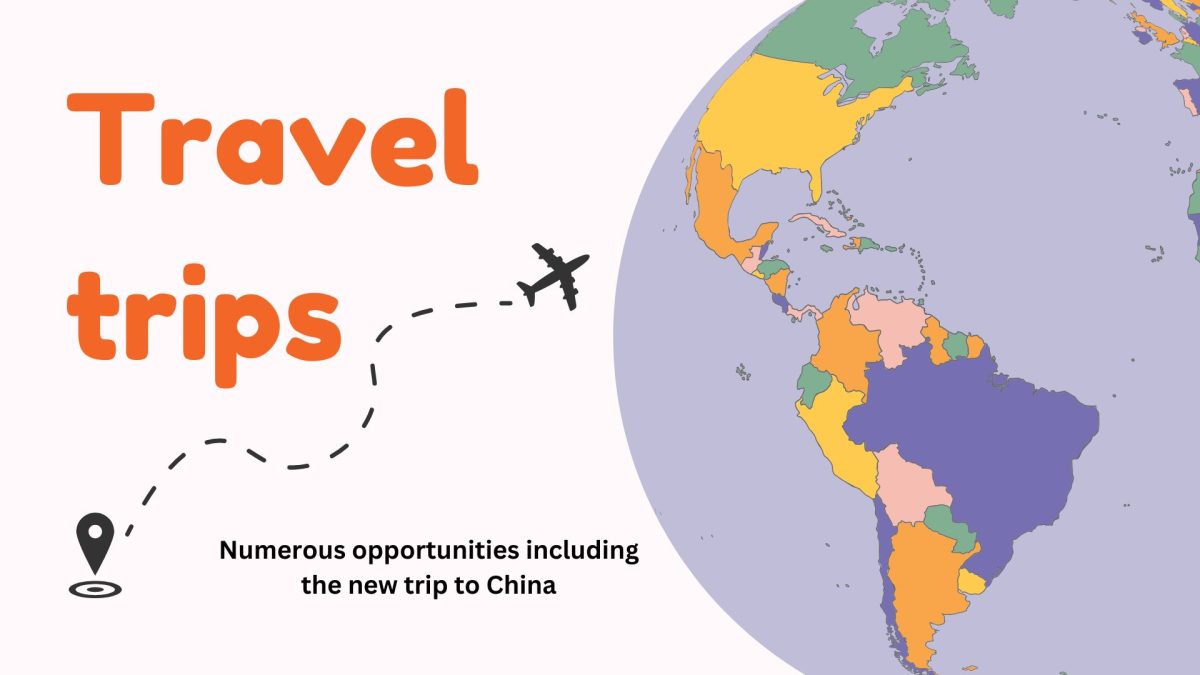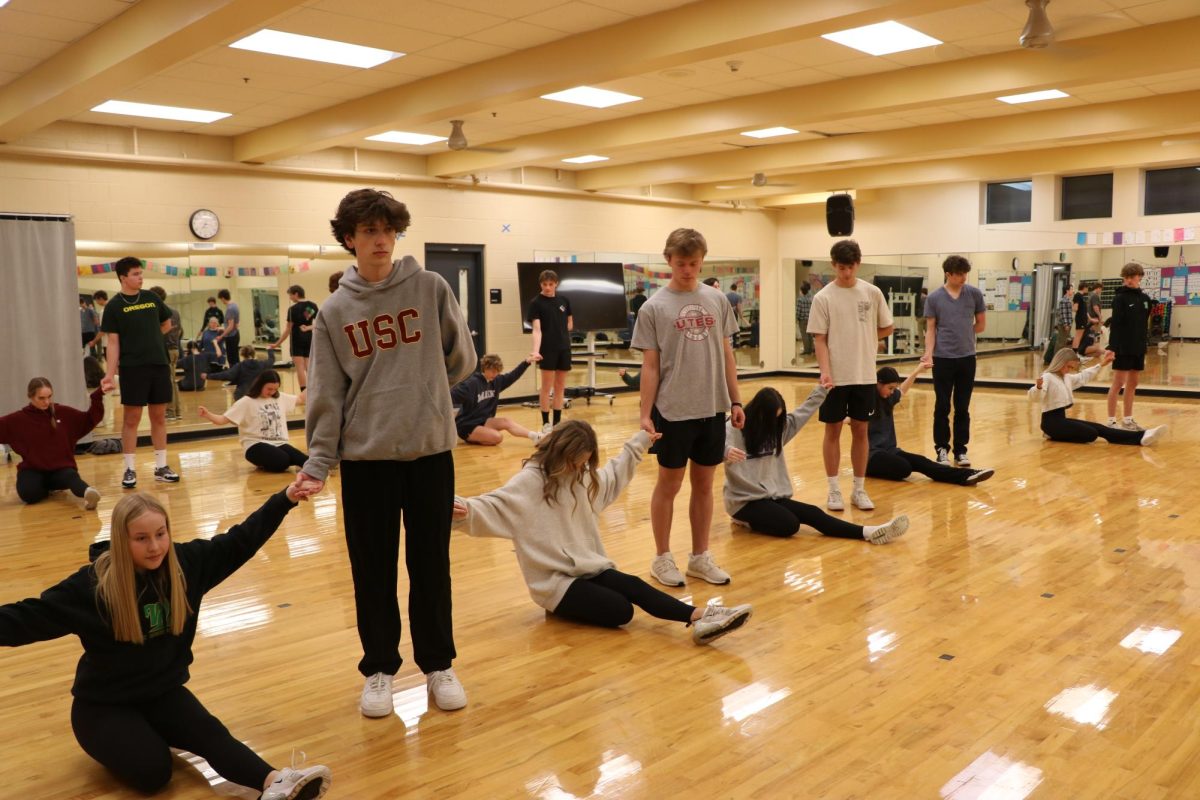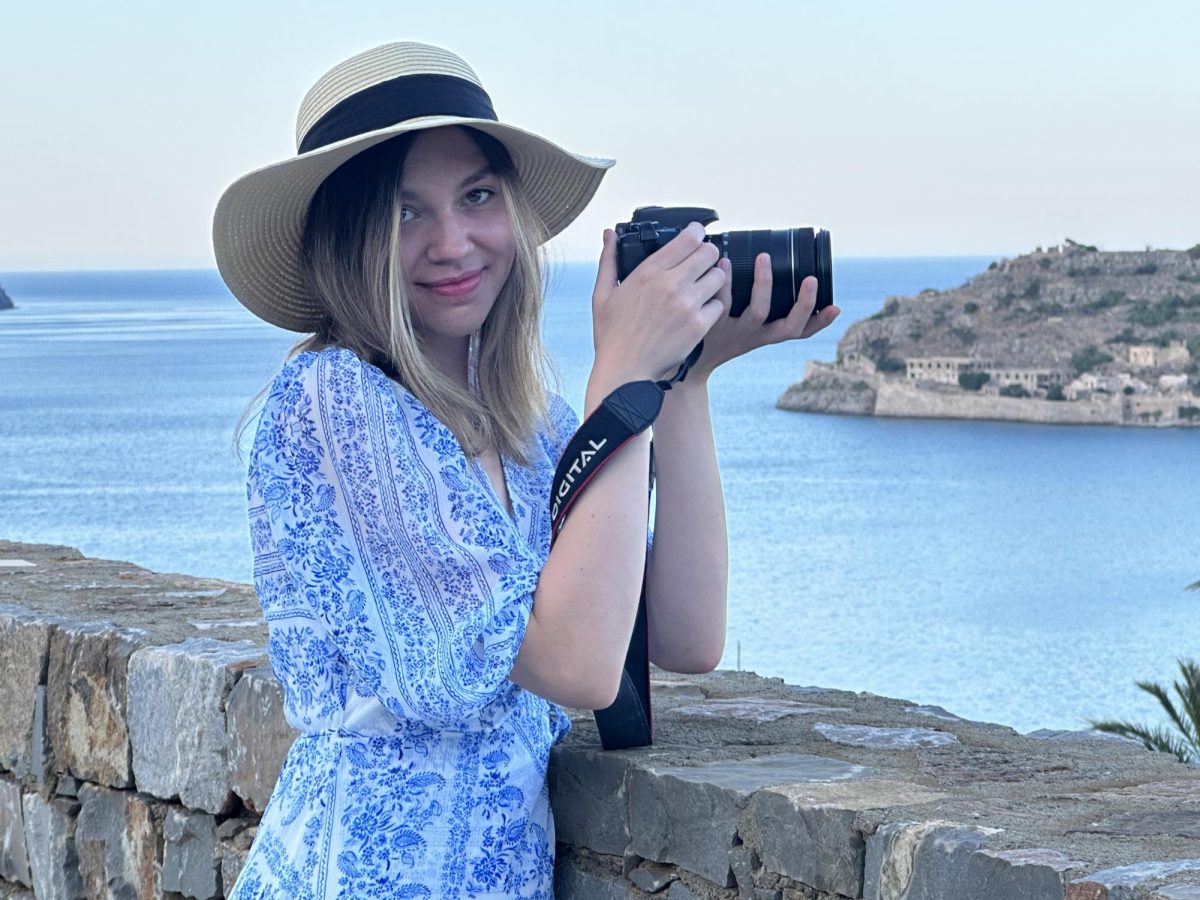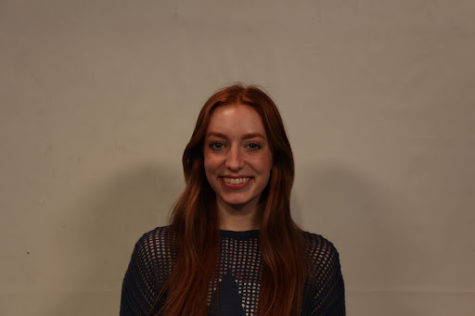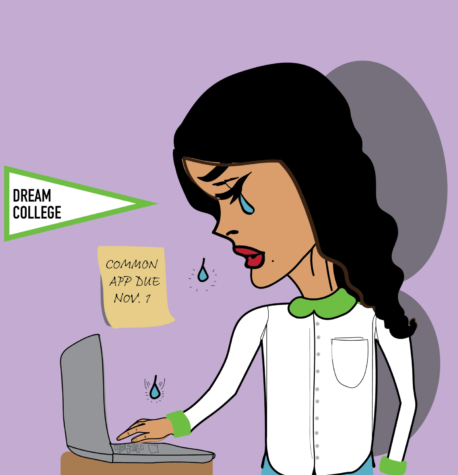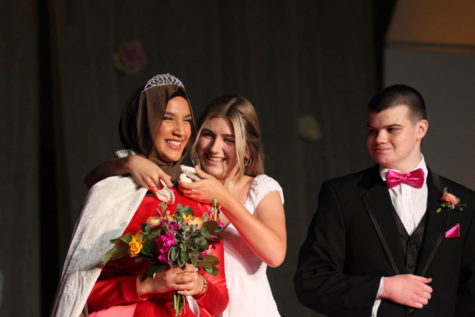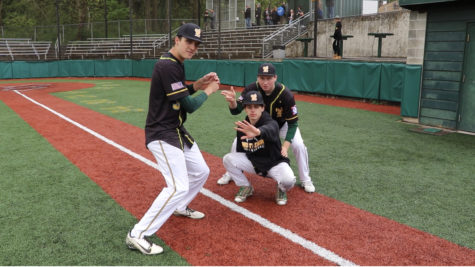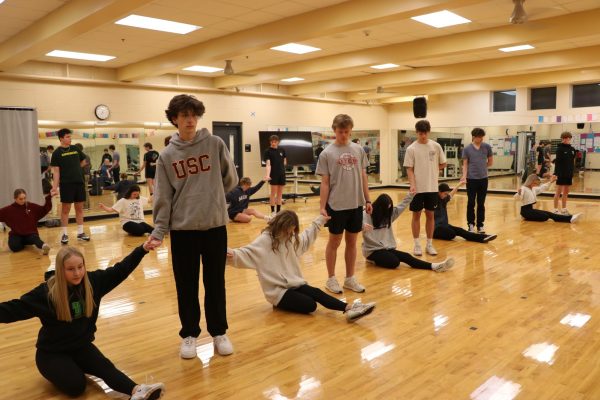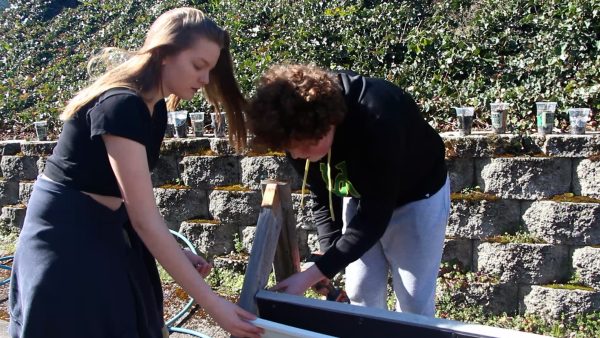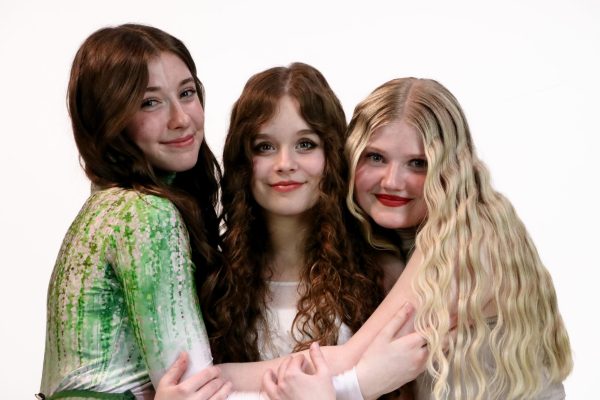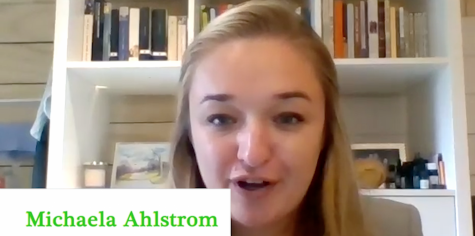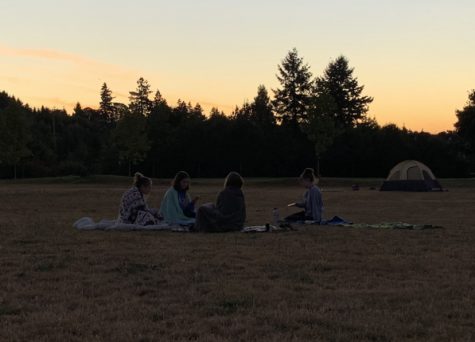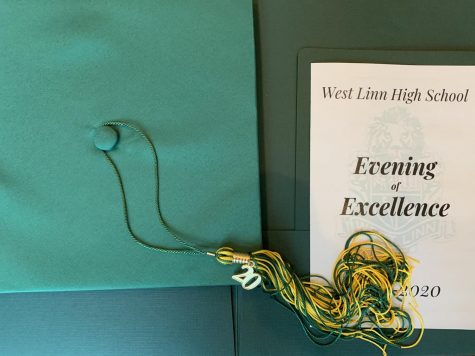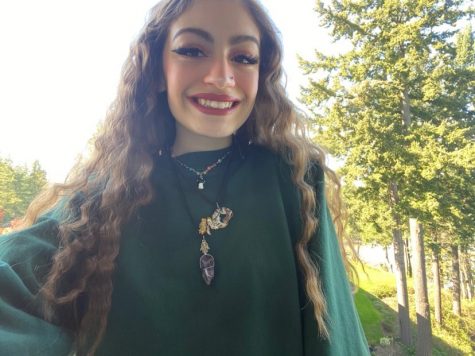Acknowledging Indigenous identities
The reformed Indigenous Student Union prepares for the end of the school year by reflecting on their efforts
Amongst the slate of posters covering the walls of West Linn High School, clubs work to promote events, meetings, and goals to encourage students to join. For incoming freshmen, clubs can provide kinship among fellow students. The same could not be said for Zion Lamarr, senior, during his freshman year. Noticing a gap in the clubs offered, Lamarr asked around about a club he hoped to find— an affinity group for Indigenous students. What he found was that the formerly active Indigenous Student Union (ISU) had disbanded.
“When I first moved up here freshman year, I knew no [other] Native students or anything of the sort, [but] I knew that there was an ISU,” Lamarr said. “When I asked the office about [ISU], it was no longer running, so I felt like I was kind of not [being] seen at all for my indigeneity.”
Lamarr decided that no other Indigenous students should feel this way, and he took it upon himself to breathe new life into the club for the 2022-2023 school year. At the core of Lamarr’s vision for ISU was cultivating community amongst Indigenous students and educating all students and staff.
“Community is a large part of our culture and [the] high school has a predominantly white staff and student body that can lead Native students or students of color to feel isolated,” Lamarr said. “We wanted to form connections based on the fact that we’re Native and we wanted students to feel seen and heard and appreciated.”
Throughout the school year, ISU has hosted a number of events surrounding celebrations of Indigenous culture and education about traditions, artifacts, and customs. Most recently, ISU hosted an event for elementary-aged students at the public library, where they taught basket weaving and jewelry making, and displayed relics brought in by Lamarr’s mother. Lamarr feels that the interactive nature of the event played a pivotal role in its success.
“I was able to have my mom, who has taught me a lot about my culture, come and teach other, much younger kids and students about our culture,” Lamarr said. “People love to look at stuff, so if we had an event or a meeting where I brought in a bunch of jewelry from my family and [jewelry] that I’ve made, there were lots of people who also normally don’t show up, who were really interested in what we were talking about.”
Earlier this year, ISU worked with the administration to place a land acknowledgment at the front of the school, which affirms the previous residents of the land that the school is built upon.
“The Kalapuya, Atfalati, Ahantchuyuk, Clowwewalla, and Clackamas peoples…were the first caretakers of this land on which our students are now educated,” the acknowledgment reads. “We know we are guests of this land and we must do our best to follow their example of stewardship.”
Administration has promised to keep the acknowledgment in place next year and will serve as recognition of the club’s work.
“[A] vice principal, [who] had implemented the land acknowledgment at the front of the school as one of the permanent displays came in and she spoke to us about it, and how important it is to have that sort of acknowledgment for our school,” Lamarr said. “So that’s one of the key things that we know is going to end up staying at the school, regardless if we have a club or not.”
Coming off a productive year for the club, Lamarr hopes that next year’s returning members keep up the momentum they’ve built. While the club is mainly comprised of seniors, a few underclassmen are expected to return in the fall.
We’re still here, and we’re still alive and we’re still around.
— Zion Lamarr
“A majority of our club members are seniors,” Lamarr said. “We have three Native students in attendance, including me, one other senior, and a freshman, who I’ve been trying to kind of get excited about the idea of running [the] club. As of now, we don’t see it as a possibility [for ISU] running into next year, unless we get some kind of strong form of new Indigenous youth or possible native teachers or teachers that show interest in our culture.”
Despite the possibly dismal outlook for the club next year, Lamarr has no plans to stop hosting events through the remainder of the school year with hopes that it will remind people why ISU matters.
“I feel like it’s really important to make it known that we’re still here, and we’re still alive and we’re still around,” Lamarr said. “It’s not like we [are] history like we are taught in classes.”
Your donation will support the student journalists of West Linn High School. Your contribution will allow us to continue to produce quality content by purchasing equipment, software, and continuing to host our website on School Newspapers Online (SNO).
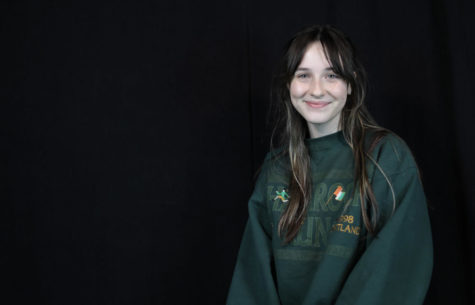
Lily Gottschling, senior, is the Copy Editor-in-Chief for wlhsNOW.com. She loves writing reviews, features, and opinions. She is also a co-host of the...

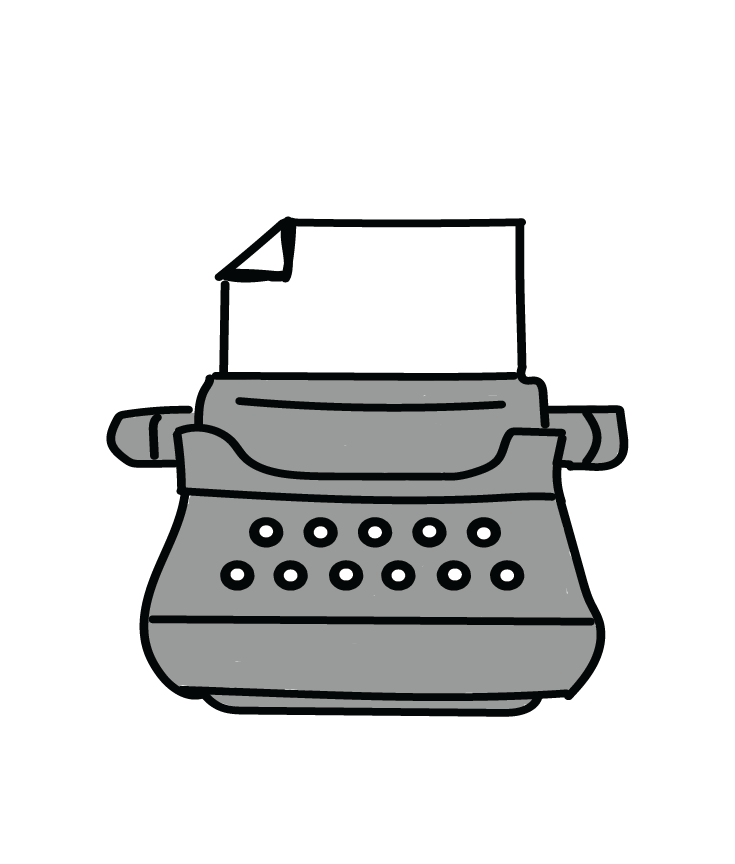
























![Game, set, and match. Corbin Atchley, sophomore, high fives Sanam Sidhu, freshman, after a rally with other club members. “I just joined [the club],” Sidhu said. “[I heard about it] on Instagram, they always post about it, I’ve been wanting to come. My parents used to play [net sports] too and they taught us, and then I learned from my brother.”](https://wlhsnow.com/wp-content/uploads/2024/03/MG_7715-2-1200x800.jpg)





![The teams prepare to start another play with just a few minutes left in the first half. The Lions were in the lead at halftime with a score of 27-0. At half time, the team went back to the locker rooms. “[We ate] orange slices,” Malos said. “[Then] our team came out and got the win.”](https://wlhsnow.com/wp-content/uploads/2023/10/IMG_2385-1200x800.jpg)





![At the bottom of the third inning, the Lions are still scoreless. Rowe stands at home plate, preparing to bat, while Vandenbrink stands off to the side as the next batter up. Despite having the bases loaded, the team was unable to score any runs. “It’s just the beginning of the season. We’re just going to be playing out best by June, [and] that’s where champions are,” Rowe said.](https://wlhsnow.com/wp-content/uploads/2024/03/IMG_3077-1200x900.jpg)







